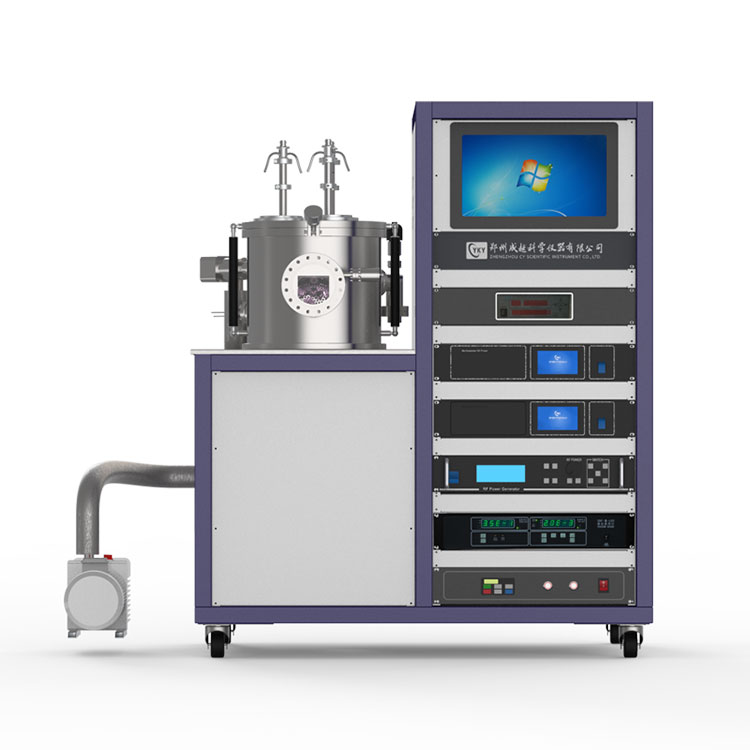Vacuum coating process is very complex; due to the coating principle is divided into many types, only because of the need for high vacuum and has a unified name. So for different principles of vacuum coating, the factors affecting uniformity are not the same. And the concept of uniformity itself will have different meanings depending on the size and composition of the film.
Concept of the uniformity of film:
1. The uniformity of thickness, can also be interpreted as roughness, on the scale of the optical thin film (that is 1/10 of a wavelength as a unit, is about 100 a), the uniformity of vacuum coating is quiet good, easy to control the roughness of 1/10 of the visible light wavelength range, that is for the optical properties of thin film, vacuum coating without any obstacles.
But if it refers to the uniformity on the atomic layer scale, that is to say, to achieve the surface flatness of 10A or even 1A, it is the main technical content and technical bottleneck in vacuum coating. The specific control factors will be explained in detail according to different coatings.

2. Uniformity of chemical composition:
That is to say, in a thin film, the atomic groups of compounds are too small to easily produce inhomogeneous properties. SiTiO3 film, if the coating process is not scientific, then the composition of the actual surface is not SiTiO3, but may be other proportions. The film is not the desired chemical composition of the film, which is also the technical content of vacuum coating.
3. Uniformity of lattice order degree:
This determines that the film is single crystal, polycrystalline, amorphous, which is a hot issue in vacuum coating technology, see the details below
There are two main categories:
First, for evaporation coating:
Generally, the surface components are evaporated by heating the target in the form of radicals or ions, and deposited on the surface of the substrate, forming a film through the film forming process (scatter - island structure - vagal structure - lamellar growth).
Uniformity of thickness mainly depends on:
1. Lattice matching degree of substrate material and target material;
2. Substrate surface temperature;
3. Evaporation power and rate;
4. Vacuum degree;
5. Coating time, thickness size.
Component uniformity:
Evaporation coating component uniformity is not very easy to ensure, specific factors can be regulated as above, but due to the principle of limited, for non-single component coating, evaporation coating component uniformity is not good.
Crystal uniformity:
1. Lattice matching degree;
2. Substrate temperature;
3. Evaporation rate.
Secondly, for sputtering coater:
It can be simply understood as the use of electrons or high-energy lasers to bombard the target, and the surface components are sputtered out in the form of radicals or ions, and eventually deposited on the substrate surface, undergo a film forming process, and finally form a film.
Sputtering coating is divided into many kinds; in general, the difference with evaporation coating is that the sputtering rate will become one of the main parameters.
In laser sputtering PLD, the uniformity of composition is easy to maintain, but the uniformity of thickness of atomic scale is relatively poor (because it is pulse sputtering), and the control of crystal growth is also more general. Taking PLD as an example, the factors mainly include: lattice matching degree of target and substrate, coating atmosphere (low pressure gas atmosphere), substrate temperature, laser power, pulse frequency, sputtering time.
For different sputtering materials and substrates, the best parameters need to be determined by experiment, is not the same, the quality of the coating equipment mainly lies in whether accurate temperature control, can ensure good vacuum, can ensure good vacuum chamber cleanliness. The outer edge coating technology of MBE molecular beam has better solved the above problems, but it is basically used for experimental research. The most commonly used integrated coating machine in industrial production is mainly ion evaporation coating and magnetron sputtering coating.





